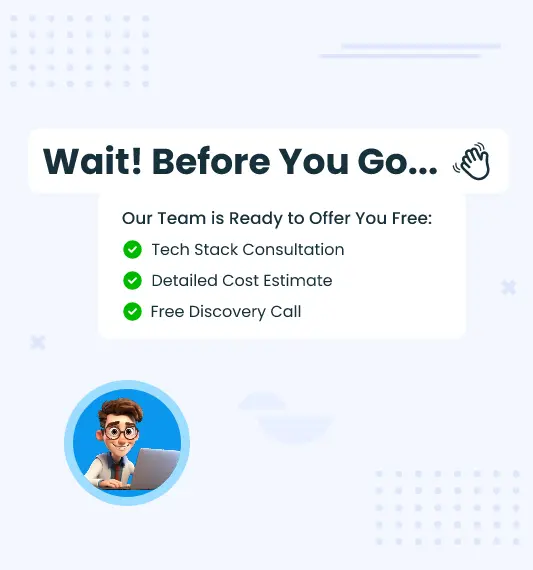In today’s digital age, having a website is a necessity for any business looking to stay competitive. However, simply having a website is not enough to make your business stand out from the crowd, you should be aware of the ever-changing website design strategies. Your website needs to be visually appealing, user-friendly, and optimized to convert visitors into customers. That’s where web development companies come in.
Website design and development company offers a range of web design and development services to help businesses elevate their online presence. From creating custom designs to optimizing websites for search engines that align with the current website design strategies and trends, these companies can help take your website to the next level. In this article, we’ll explore some website design strategies that web design agencies can use to help your business succeed.
Start With A Clear Message
The first step in creating a successful website is to start with a clear message. Your website should communicate who you are, what you do, and how you can help your customers in their journey. A website design company can help you create a message that resonates with your target audience and helps to differentiate your business from the competition. A clear message can help to differentiate your business from the competition and build trust with potential customers.
Use Responsive Design
With the rise of mobile devices, it’s more important than ever to use responsive design on your website. With more and more people accessing websites on their smartphones, it’s essential to ensure that your website looks great and functions properly on all devices. Responsive design ensures that your website looks great and functions properly on all devices, from desktops to smartphones. A web design agency can create a responsive design that ensures your website is accessible to everyone, regardless of the device they’re using. Responsive design helps visitors find the information they need and engages them to stay on your site longer.
Focus On User Experience
User experience (UX) is a critical element of website design. A website that is easy to navigate and provides a seamless user experience can help to keep visitors engaged and encourage them to take action. By focusing on user experience, you can improve engagement, reduce bounce rates, and increase conversions. A web design agency can help you create a website that is intuitive and user-friendly, with clear calls to action that encourage visitors to make a purchase or contact your business.
Use High-Quality Images And Videos
Images and videos are a great way to showcase your products or services on your website. Using high-quality images and videos can help to build trust with your visitors and make your website more engaging. By using high-quality visual elements, you can make your website stand out from the competition and create a lasting impression on your visitors. A web design agency can help you create custom images and videos that showcase your business in the best possible light.
Optimize For Search Engines
Search engine optimization (SEO) is an important element of website design. A website that is optimized for search engines can help to increase your visibility and drive more traffic to your website. Search engine optimization (SEO) plays a critical role in the success of your website. By improving your search engine rankings, you can attract more organic traffic to your website and generate more leads and sales. A web design agency can help you optimize your website for search engines by creating keyword-rich content, optimizing meta tags, and building high-quality backlinks.
Integrate Social Media
Social media is a powerful marketing tool that can help to drive traffic to your website and build your brand. By integrating social media into your website, you can increase your audience reach and engagement, and build a community of loyal followers. A web design agency can help you integrate social media into your website design, with features like social sharing buttons, live social media feeds, and social media icons that link to your profiles.
Monitor And Analyze Performance
Once your website is up and running, it’s important to monitor its performance and make adjustments as needed. By constantly monitoring and analyzing performance, you can ensure that your website is always up-to-date and performing at its best. A web design agency can help you track metrics like bounce rate, time on page, and conversion rate to ensure that your website is performing at its best. By analyzing performance data, you can make informed decisions about how to optimize your website for better results.
Conclusion
By starting with a clear message, using responsive design, focusing on user experience, using high-quality images and videos, optimizing for search engines, integrating social media, and monitoring and analyzing performance, you can create a website that drives more traffic, generates more leads, and ultimately helps your business succeed.
As a reliable website design and development company, Zaigo helps your business elevate its online presence with a range of web design and development services that focus on creating a user-friendly, visually appealing, and optimized website that stands the test of time.












